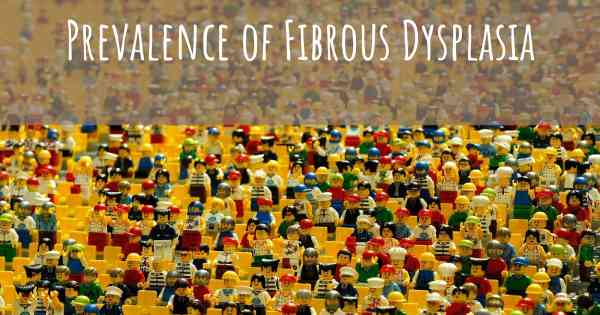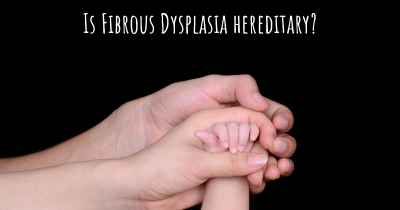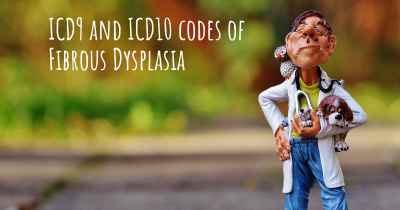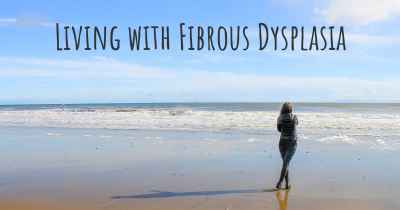What is the prevalence of Fibrous Dysplasia?
How many people does Fibrous Dysplasia affect? Does it have the same prevalence in men and women? And in the different countries?

Fibrous Dysplasia is a rare bone disorder characterized by the abnormal development of fibrous tissue in place of normal bone. It affects approximately 1 in every 30,000 to 50,000 individuals worldwide. This condition can occur in any bone, but commonly affects the skull, facial bones, and long bones of the arms and legs. Fibrous Dysplasia is typically diagnosed in childhood or adolescence and may cause bone pain, deformities, and fractures. While the exact cause is unknown, it is believed to result from a genetic mutation. Early detection and management are crucial for minimizing complications and improving quality of life.
Fibrous Dysplasia is a rare bone disorder characterized by the abnormal growth of fibrous tissue in place of normal bone. It is considered a non-inherited condition, typically caused by a sporadic mutation in the GNAS gene. The prevalence of Fibrous Dysplasia varies depending on the specific population being studied.
While exact prevalence rates are challenging to determine due to the rarity of the condition, it is estimated that Fibrous Dysplasia affects approximately 1 in 30,000 to 1 in 100,000 individuals worldwide. The disorder can occur in both males and females of any age, but it is most commonly diagnosed in childhood or adolescence.
Fibrous Dysplasia can affect a single bone (monostotic) or multiple bones (polyostotic), and it may be associated with other conditions such as McCune-Albright syndrome. The bones commonly affected include the skull, facial bones, long bones, and pelvis. Symptoms can vary widely, ranging from mild bone pain and deformities to fractures and functional impairments.
Diagnosis of Fibrous Dysplasia involves a combination of clinical evaluation, imaging techniques (such as X-rays, CT scans, or MRI), and sometimes genetic testing. Treatment options aim to manage symptoms and complications, and may include medications, surgery, or other interventions tailored to the individual's needs.
While Fibrous Dysplasia is a rare condition, raising awareness among healthcare professionals and the general public is crucial for early detection, appropriate management, and support for affected individuals.
Posted Jun 9, 2017 by Lisa Hill 2050
Posted Jul 21, 2017 by Debra 2000
Posted Oct 7, 2017 by Kiesha brown 3050
Posted Oct 23, 2020 by anna_d09 2500








